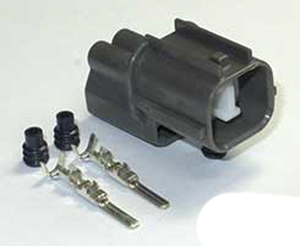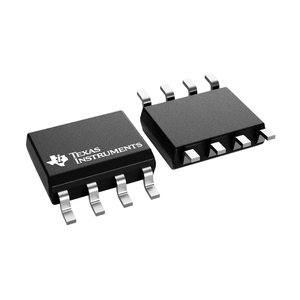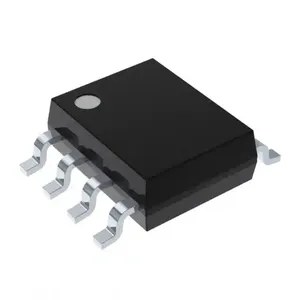(1115 products available)
























































































































































































































VSS (Virtual Switching System) is a network system used to connect switches and optimize the network's performance and redundancy. The VSS network combines two Cisco Catalyst 6500 switches into a single network entity. It is managed as one logical switch. The VSS system has two main types of switches:
This type of VSS switch has a dual-supervisor architecture. It allows the supervisor modules to operate independently while managing a subset of the switch. The distributed VSS design enables the switches to forward traffic in a distributed fashion, enhancing performance and scalability.
The control plane of a VSS switch is virtualized to allow for the merging of two distinct control planes into one logical entity. The plane is responsible for the routing and forwarding decisions within the network. By virtualizing the control plane, the VSS switch eliminates the need for the Spanning Tree Protocol (STP) in the network. STP is known to cause slow network convergence. It also creates a single logical entity for management purposes.
The data plane of a VSS switch is responsible for the actual switching of packets. It forwards traffic based on the information from the control plane. The data plane is distributed among the physical switches in the VSS pair to ensure optimal forwarding performance and utilization of resources.
The VSS switch is available in three different types of chassis:
It is a modular chassis that can be configured with various line cards depending on the port density and interface type requirements. The chassis 6500 supports features such as power over Ethernet, quality of service, and security. It is suitable for use in campus core and distribution layers of the network.
It is a fixed configuration chassis that is typically used in the access layer of the network. The chassis 4500 is available in two form factors; the Catalyst 4500-X and the Catalyst 4500-E. It supports features such as power over Ethernet, quality of service, and security.
It is a modular chassis that is designed for use in the campus backbone, distribution, and data center. This type of chassis supports high-density 10 gigabit Ethernet and 40 gigabit Ethernet interfaces. The chassis 6800 is available in two form factors; the Catalyst 6807-XL and the Catalyst 6880-X-X.
An increase in the efficiency of some parts of the network, the ability to optimize the performance of new applications, and the ability to upgrade bandwidth are some of the benefits that can be realized from upgrading to 40G or 100G Ethernet.
Scalability is the capability of a system, network, or process to handle a growing amount of work or its potential to accommodate growth. In terms of network switches, scalability is the extent to which a switch can grow to meet the needs of a changing network environment. It is important to consider the scalability of a network switch, as it is necessary to ensure that the switch can cope with the growth of a network over time and that it can be expanded or upgraded without the need to replace it entirely.
Throughput, or bandwidth, refers to the amount of data that can be processed and transferred by the switch within a given period. It is typically measured in megabits per second (Mbps) or gigabits per second (Gbps). Higher throughput allows for faster data transfer and better performance, particularly in networks with high data volumes and intensive applications.
Port density refers to the number of ports available on a single switch. Higher port density means more ports are available for connecting devices. Ideally, switches should be designed to accommodate more users and devices, especially in large organizations.
A managed VSS switch provides more capabilities than an unmanaged switch, because it can configure and control how data travels through the network. These give network administrators greater control over data flow, security, and other network parameters, but also require more knowledgeable staff to configure and maintain them. This targeted control allows for better monitoring and prioritizing of network traffic to ensure that critical applications are given the necessary bandwidth, and that data is efficiently routed to its intended destination in a timely manner.
VSS switch is utilized in several industries for various applications due to its numerous benefits, which include efficiency, high availability, simplicity, and scalability. Some of these scenarios include the following:
When selecting a VSS switch for sale, buyers need to consider various factors to ensure the network's efficiency, security, and scalability. Some of the factors to consider include;
This is an essential factor to consider while choosing a VSS switch. It is important to ensure that the switch has adequate ports for the current needs of the network. Also, it is important to consider the future growth of the network. It is recommended to choose a VSS switch that offers enough ports to connect all devices. This is inclusive of additional ports to accommodate future expansion.
Power over Ethernet support is another important factor to consider when selecting a VSS switch. POE enables the switch to provide power to connected devices through the Ethernet cable. This is inclusive of devices such as IP phones, security cameras, and wireless access points. POE eliminates the need for additional power cables and power outlets for each device. It also helps in simplifying the network deployment and management while ensuring a reliable power supply to all devices. Buyers can select a POE or POE+ VSS switch based on the power needs of the connected devices.
Stacking capability enables multiple VSS switches to be connected and managed as a single entity. Stacking helps in simplifying network management, improving resiliency, and enhancing performance. It allows network administrators to configure and monitor multiple switches from a single interface. It also enables the switches to share a single IP address, which simplifies the network topology. Stacking also enhances network resiliency by allowing the switches to maintain connectivity, even if one switch fails.
It is important to ensure that the VSS switch selected offers the management features required for efficient network operations. These features include remote management capabilities such as a web-based interface, command-line interface, and SNMP support. Remote management capabilities allow network administrators to monitor and configure the switch from a central location.
Q1: What is the purpose of a VSS switch?
A1: The main purpose of a VSS switch is to combine two Catalyst 6500 series switches into a single virtual switch to enhance network efficiency and resiliency.
Q2: What is the difference between a stack switch and a VSS switch?
A2: A stack switch is a set of multiple switches connected to operate as a single logical unit, while a VSS switch combines two physical switches into a single virtual switch to enhance network efficiency and resiliency.
Q3: What are the advantages of a VSS switch?
A3: The VSS switch provides higher performance, simplified management, and enhanced resiliency. The switch is able to forward packets at a higher rate, simplifies network management by treating the two physical switches as a single logical entity, and provides network redundancy and load balancing.
Q4: How is a VSS switch different from a chassis switch?
A4: A chassis switch is a single physical switch with multiple line cards or supervisor engines, while a VSS switch combines two physical switches into a single virtual switch. A VSS switch provides higher port density and modular capabilities compared to a standalone chassis switch.